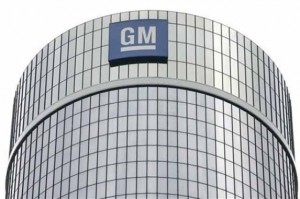
General Motors is issuing $2.1 billion in new bonds to prepay pension obligations and for some general purposes.
General Motors Co. is borrowing $2.1 billion to shore up pension funds in key markets where it historically built vehicles.
The notes include $450 million of floating rate notes due in 2021, $750 million of 5% notes due in 2028 and $900 million of 5.95% notes due in 2049. The offering was expected to settle this week, GM officials said.
GM said it intends use the net proceeds from the sale of the notes to refinance maturing debt, pre-fund certain mandatory contributions to plans for GM retirees in the United Kingdom and Canada, where the company built vehicles for more than a century. The contributions to the pension plans are due 2019 through 2021.
Part of the proceeds also will be used for general corporate purposes, GM said in its prospectus.
(Cadillac celebrating 20 years of Escalade. Click Here for the story.)
In recent weeks, GM stock prices have taken a tumble, closing at $33.01 Sept. 11. The slide follows an uptick in the value of GM’s stock in early summer when the shares reached more than $44 per share and analysts and other pundits suggested that the automaker’s autonomous vehicles made it an attractive buy for investors looking for the next big thing in the automotive business.
Since then, GM shares have nose-dived and the drop has been particularly sharp since the very beginning of September. The price of a General Motors stock hovered around $37 a share.
(Click Here for details about GM partnering with Shell on a new in-car payment system.)
GM appears to have been caught in the undertow that has dragged down the stocks of automakers across the board.
“We might have to go through a period of slower sales before people are willing to bet on the auto industry again,” one analyst recently told Wards Auto.
(To see more about Chevy’s bigger engines for Tahoe and Suburban, Click Here.)
Right now, GM and other automakers, such as its crosstown rival for the Ford Motor Co., are facing problems created by the Trump administration’s tariff policies, which has boosted material costs, interest rates, the fear of market saturation and the expectation of slower sales.
